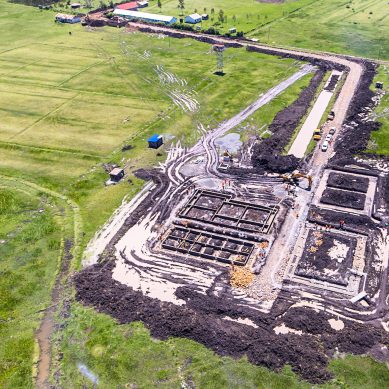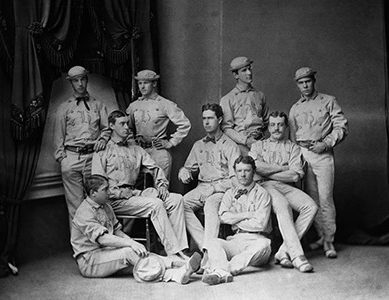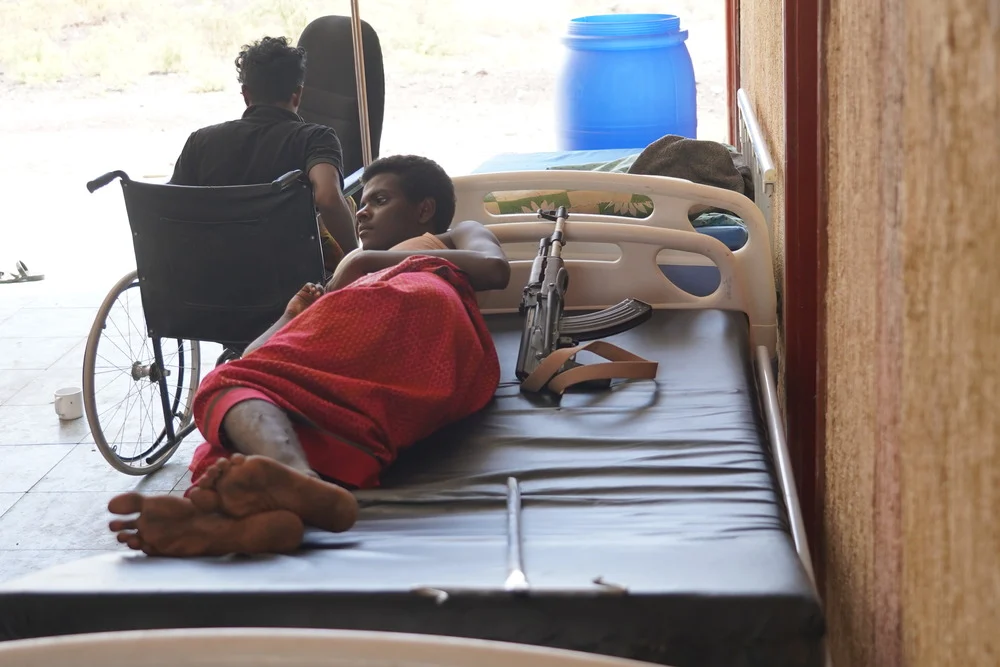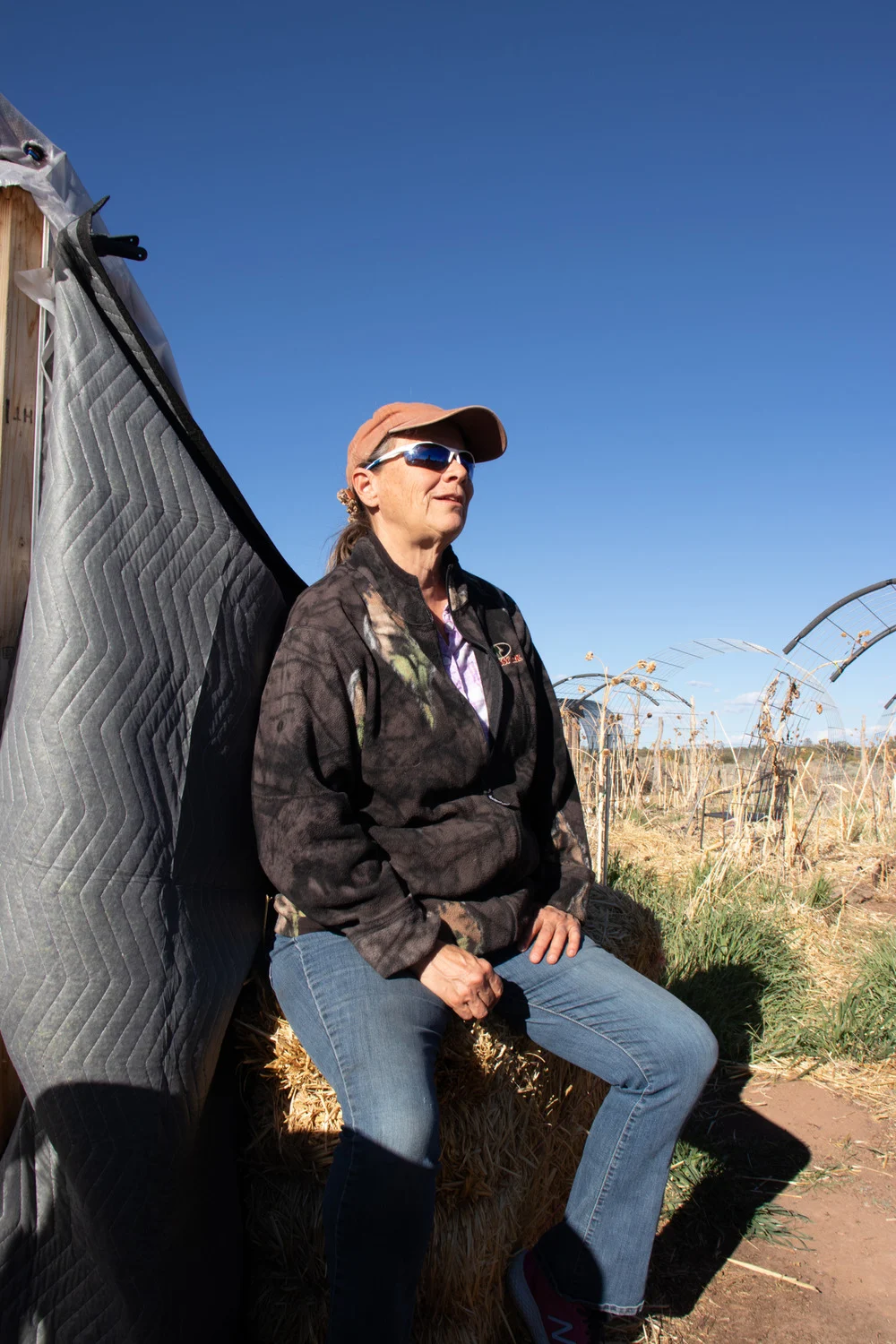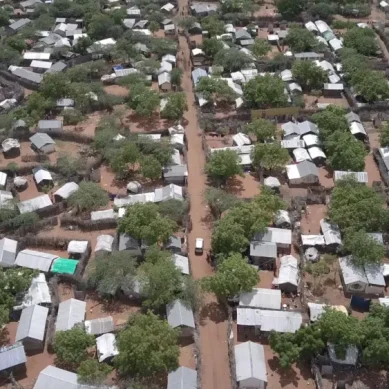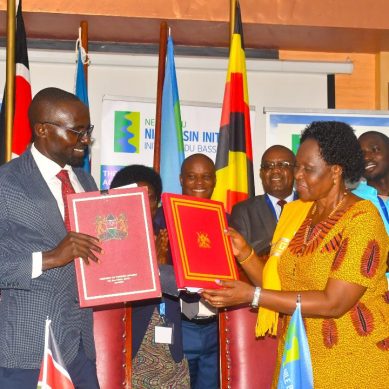The response to the conflict in Ethiopia’s Afar region is constrained by a lack of funding and the limited presence of aid organisations, which are stretched across three conflict-hit northern regions where more than nine million people need assistance, relief organisations say.
The need remains highest in Tigray, where no humanitarian convoy has reached since mid-December, even as hundreds of thousands of people face famine-like conditions, according to the UN. TPLF scepticism in the government’s truce is already growing.
The lack of aid in Tigray has major consequences: Households are cutting health and education costs just to afford a single meal per day; cancer patients can’t get treatment at drug-starved hospitals; airstrike victims bleed out because doctors don’t have gauze.
In Afar, it isn’t only the local population that needs assistance. The recent fighting has also impacted some 37,000 Eritrean refugees who were settled around Berhale town, which UN officials said was attacked by the TDF on February 3.
The government, working with partners including the UN’s refugee agency, UNHCR, set up a temporary camp after the refugees fled. The facility – close to Semera, the regional capital – will be able to host 34,000 people when it is completed. Large numbers of refugees are currently unaccounted for.
“Now we are safe, but I don’t know what will happen next,” said Meriam Ali, a refugee living in the temporary camp who described giving birth while escaping Berhale. “Many people are missing, families were trapped there,” she added.
This isn’t the first time Eritrean refugees have been attacked during the wider civil war. Two camps were destroyed in Tigray last year, and their residents were abused by both the TDF and Eritrean soldiers who had crossed the border to support Abiy’s forces.
“Refugees have been the unintended target of what is happening in the conflict”, said Mamadou Dian Balde, UNHCR’s country representative in Ethiopia. He added that the attack in Berhale has had “a huge psychological impact” on the refugees.
Also affected by the fighting are Tigrayan civilians who live in Afar. An unknown number are thought to have fled Abala town in December amid reports of massacres carried out against the group by Afar militias. The reports could not be verified.
Some 7,000 Tigrayans in Afar are also currently living at a centre in Semera that Afar officials say was opened to protect Tigrayans from the fighting and from reprisal attacks by militias.
Yet a diplomat who visited the centre said they had spoken to residents who had not witnessed any fighting and did not know why they were being held. The diplomat asked for their name to be withheld due to the risk of reprisals.
Interviewed, a man from Semera – which has not experienced fighting – said he was detained at the centre for a week. The site opened in December during a state of emergency that saw Tigrayans arrested across Ethiopia.
UNHCR’s Balde described the centre as a displacement camp, adding that the site is overcrowded and has “challenges of water and sanitation”. He said his agency is working with authorities to relocate residents.
Tigrayans have also been detained in an industrial park in Semera, according to an Afar-based aid worker and the Tigrayan man from Semera who had friends detained there. Both individuals asked not to be named due to security concerns.
The same site is used by relief groups to park trucks and store food supplies, the aid worker added. Asked for access to the complex, Afar officials declined to grant permisssion.
Local anger in Afar is not only directed at the TDF. Many residents are also frustrated with the federal government, whose soldiers are physically present in the region but have not provided support to the militias since January.
That wasn’t the case last year when the Tigray conflict first spilled over into Afar. As the TDF tried to capture a crucial economic highway in the region – a way to exert pressure on the government – Prime Minister Abiy travelled to the battlefield to command troops.
Now, however, Afar fighters say they have been forgotten, left to combat the well-armed TDF with little more than ageing Kalashnikov rifles and their knowledge of the hardscrabble terrain.
“I don’t know why they are keeping silent,” said 56-year-old militiaman Idriss Mohammed, who spoke from the village of Gudi Koma, some 25 kilometres from the frontline. “Until now, we haven’t received help from the federal army,” he added.
Idriss said militias account for the majority of casualties in the past three months of conflict. Yet fighters who were interviewed seemed in no hurry to throw in the towel. It is unclear if Addis Ababa’s new truce will change their minds.
“My brothers and sisters are dying… so I need to go back and fight,” said 18-year-old Umar from Berhale district. He lay on a hospital gurney with an arm injury at a clinic near Semera. “I won’t stay still once I recover,” Umar added.
His view was shared by 39-year-old fighter Hussen Mohammed, who suffered bullet injuries to both his legs while fighting in early March. “They attacked us in our region,” Mohammed said. “We will not leave them our land.”
- The New Humanitarian report
